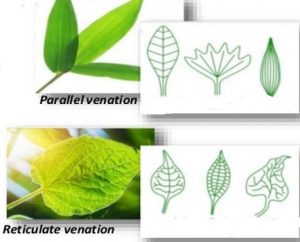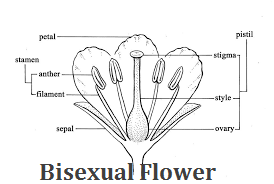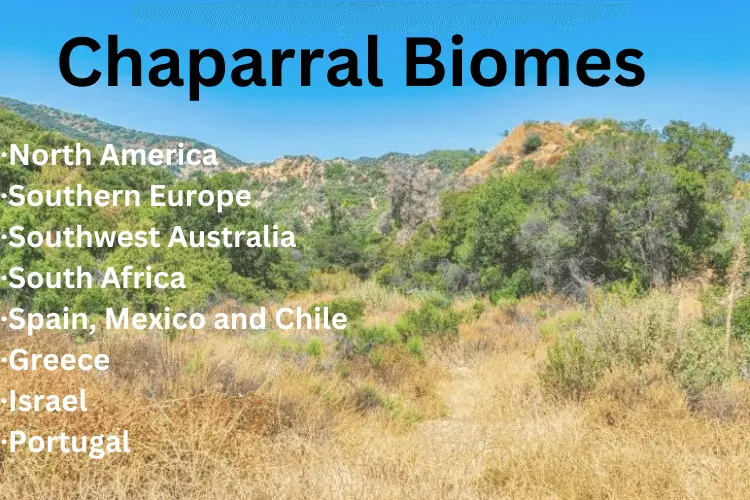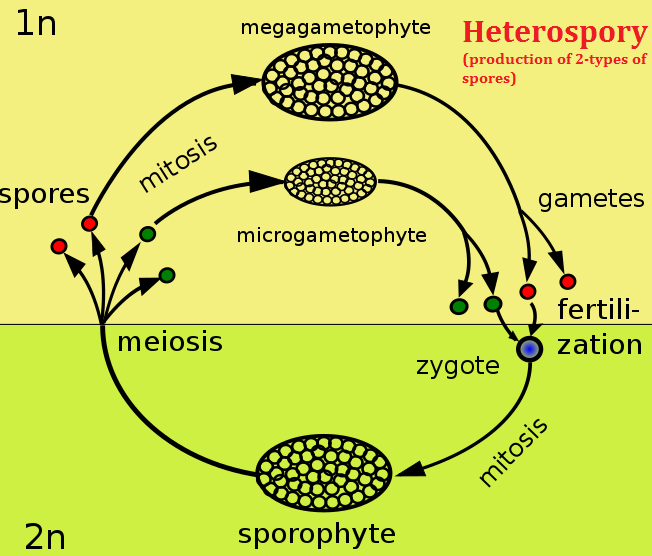What are Angiosperms? Their features, distribution, and economic importance
Introduction to Angiosperms
The word angiosperm came from the Greek words; “Angeion”, containers, receptacle, or vessel, and “Sperma”, seed. Angiosperms are seed-bearing vascular plants that produce flowers, fruits, and seeds. After fertilization, ovules are not shed and remain enclosed within the ovaries. This group is the most diverse and the largest with 68 orders, 416 families, 13,164 genera, and 300,000 species. This group makes up 90% of the world’s embryophytes.
Most angiosperms are terrestrial (land) plants and are highly variable in form. They include the four most diverse groups;
- Vines e.g. Bittersweet (Celastrus)
- Herbs like wheat, sunflower, Houstonia
- Shrubs like Jasmine
- Trees like Dalbergia, Eucalyptus regnans (tall trees)
- Only a few species are aquatic e.g. sacred lotus (Nelumbo nucifera)
Major groups of angiosperms
Typically, Angiosperms are;
- Monocot
- Dicot
Differences between monocot and dicot plants
Both these groups differ from each other in features like roots, stems, leaves, and flowers.
Features
Angiosperms have the following features
- Root, shoot, leaves, and flower are the main parts of gymnosperm’s plant body
- Tapped root system (Mustard, Beans, Carrot, Rose) is common. However, fibrous (Rice, Wheat, Maize), and adventitious root system (grasses) is also common.
- Broad and narrow leaves are present to fix CO2 into photosynthate.
- Leaves have parallel and reticulate venation.
- Germination takes place in three ways
- Hypogeal e.g. pea
- Epigeal e.g. green beans
- Viviparous e.g. mango
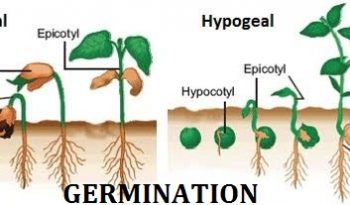
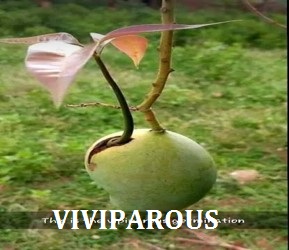
Mostly Angiospermic plants are autotrophs with the exception of a few that are heterotrophs.
Heterotroph Angiosperms
- Saprophytes
- Parasites
- Insectivores
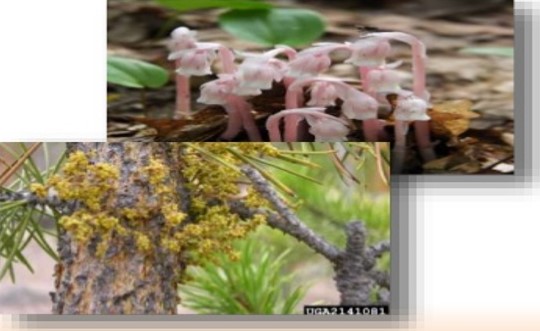
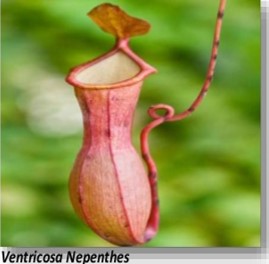
Floral Parts
Flowers of angiosperms contain;
- Calyx: green leafy structure called sepals
- Corolla: colorful petals
- Androecium: male (staminate) part consisting of filament and anther. The anther contains pollen sacks which contain pollen grains.
- Gynoecium: female (carpel) consisting of an ovary, style, and stigma. The ovary is a swollen part that contains ovules. Ovule has integuments (outer covering), nucellus (inner layers), and female gametophyte (megagametophyte).
Types of flowers
Types of flowers on the basis of floral parts
a flower may be;
- Complete Flower: (A flower with both androecium and gynoecium) is called a complete flower. Complete flower is a flower with both sexes “bisexual”. Examples of complete flower include sweet peas, lilies, Gulmohar, etc.
- Incomplete Flower: (A flower is with only the androecium (male) or gynoecium (female) part). The incomplete flower is only with one sex “unisexual flower”. Example of incomplete flowers are black walnut, squash, and most grasses.
- Some species are monoecious i.e. male and female flowers are present on the same plant e.g. Maize, shoe flower, cucumber.
- Some species are dioecious i.e. male and female flowers are present on different plants e.g. date palm, spinach, mulberry, ginkgo
Based on the position of the ovary in the flower
a flower may be;
Superior flower: “A flower with an ovary above the sepals and petals”. Examples of superior flowers are Tulip, Tomato, Snapdragon flowers, etc. Superior flowers are also known as hypogynous.
Inferior flower: “A flower where the ovary is below sepals and petals”. Examples of inferior flowers are Banana, members of the melon and gourd family, and some members of the cucurbitaceous. Inferior flowers are also known as epigynous

- Flower exhibits the process of pollination (transfer of pollen grains from the anther to the stigma).
- Autogamy (self-pollination): Pollens are transferred from anther to the stigma of the same flower or another flower of the same species. Autogamy requires certain conditions like;
- Bisexuality i.e. flower with both sexes (male and female reproductive parts). Lily, sunflowers, etc are examples of bisexual flowers.
- Unisexual flower: A flower with only male or female reproductive parts is called a unisexual or monosexual flower e.g. maize, bitter guard.
- Cleistogamy: flowers remain closed and are subject to self-pollination only. Seeds are produced as a result of autogamy e.g barley, beans, peanut, viola
- Allogamy or cross-pollination: Allogamy is with the help of some external factors like the wind (abiotic) or insects and birds (biotic).
Based on the factor involved, cross-pollination has the following categories;
- Anemophily (Transfer of pollens by wind) e,g, Grasses
- Hydrophily (Transfer of pollens by water) e,g, Hydrilla
- Entomophily (Transfer of pollens by insects) e,g, Sunflower
- Ornithophily (Transfer of pollens by birds) e,g, Bottlebrush
- Chiropterophily (Transfer of pollens by bats) e,g, Adansonia
- Anthropophily (Transfer of pollens by mammals). It is also known as hand pollination or artificial pollination (pollination by a human).
- Malacophily (Transfer of pollens by slugs and snails) e,g, Chrysanthemum
Features in common with gymnosperms:
- Both groups produce pollen for fertilization.
- Ovules develop into seeds either enclosed (angiosperm) or naked (gymnosperm).
- The plant body is differentiated into roots, stems, and leaves.
- The gametophyte stage is reduced in both groups.
Based on life cycle, angiosperms has following groups;
- Annuals: plants completing their life cycle in one growing season are called annuals like Maize, Wheat, Rice, etc.
- Biennials: Plants requiring two successive seasons for vegetative and reproductive stages are called biennials e.g. Radish, Carrot, etc.
- Perennials: Plants growing for years to complete their life cycle are called perennials e.g. Bamboo, Oak trees, etc.
Economic Importance:
This group is of prime importance and significant interest to humans.
- This group is the major source of food, fiber, and, income for humans.
- Food sources are cereals, vegetables, and fruits.
- Tea and coffee also obtained from this group of plants
- Spices e.g. cinnamon, nutmeg
- Fiber crops like cotton, hemp, and linen are representatives of this group.
- Examples of herbs in this group are rosemary and oregano.
- Angiosperms are habitats for wildlife.
- Flowers are a source of aesthetic value and add to the beautification of the land.
- Some plants also have medicinal importance;
- Milk thistle: it is used for treating liver problems and cancer.
- Sunflower: its oil controls high blood pressure and is good for healthy skin.
- Marigold: It helps in relieving stomach pain.
- Quinine: (cinchona tree) for the treatment of malarial patients.
- Digoxin: (woolly or Balkan foxglove) to treat cardiovascular issues.
- Curare: (genus Strychnos) medicine used for muscle relaxation during surgeries
- Vincristine: (Madagascar periwinkle plant) for the treatment of leukemia
- Diosgenin: (Dioscorea alata, Smilax China) used as an oral contraceptive
They are also weeds or pests for crops and lands. They also play a negative role as they are;
- Weeds (unwanted plants) of agriculture farms.
- Source of dangerous poison (strychnine) or drugs (morphine)
- Source of Cocaine obtained from coca plants.
For more information regarding biological sciences please visit: botanylive.com
I’m Dr Qaiser Maqsood (PhD), a dedicated researcher and expert in Biological Sciences, Gardening, Bio-Diversity, Ecology, and Environmental Sciences. I’m much concerned about Environmental Pollution, Climate Change, Plantation, Gardening, and Global Warming. My passion is to explore innovative solutions in all these fields.
Be aware that we have ONLY ONE EARTH. Protect it!!

